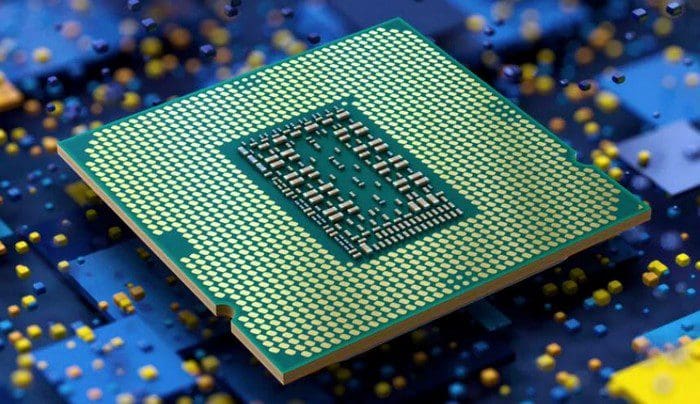Youll often find that they focus on the best possible performance with tech forums and review channels.
Or the best budget builds where the price-to-performance ratio is key.
Ultimately, ultimate performance or the price-to-performance ratio isnt the only thing that affects consumers.

High power consumption means low battery life on laptops.
It also means you need a more powerful and expensive PSU.
Lots of heat means fans have to spin faster, making more noise.
Smaller form factor coolers can also just not offer enough cooling.
Suppose the heat is efficiently removed from your box.
The answer is underclocking.
Contents
Underclocking Isnt as Bad for Performance as Youd Think
Underclocking is the opposite of overclocking.
When overclocking, you increase the performance by increasing the components clock rate.
When underclocking, you decrease the clock rate of the element instead.
This may sound dumb, as it will obviously reduce your performance.
Your CPU and GPU are rarely taxed to their limit in everyday tasks.
In these scenarios, a clock speed reduction may not see any performance penalty.
In CPU-limited scenarios, you will see some performance drop when using an underclocked CPU.
GPUs can also be underclocked.
One study found a CPU with a 20% underclock resulted in a 13% reduction in performance.
At the same time, the power draw was reduced by 49%.
This mismatch in the performance loss vs. power savings makes underclocking a potentially beneficial idea.
Reduced power consumption means longer battery life on battery-powered devices like laptops.
Your PSU requirements are reduced.
Drawing less power from the wall reduces your computers effect on your electricity bill.
A lower power draw also means less heat is produced.
This means that fans can spin slower, making less noise.
You may even be able to turn the fans off entirely and have a passively cooled computer.
You may be able to make do with smaller coolers that better fit small form-factor cases.
Theres also less heat being pushed out into your room.
In some cases, underclocking may be performed for compatibility reasons.
High-speed RAM might need to be underclocked to be compatible with the memory controller on a CPU.
Conclusion
Underclocking is the opposite of overclocking.
It is the process of manually reducing the clock rate of a component.
While this does reduce the performance, the power consumption is more significantly decreased.
Reduced power consumption offers a range of potential benefits that may suit the use cases for some people.
Underclocking can also aid in compatibility and stability in specific scenarios.
This, specifically, may be almost critical for some peoples workloads when faced with space restrictions.
Underclocking is also typically combined withundervoltingto further reduce power consumption.
What are your thoughts?